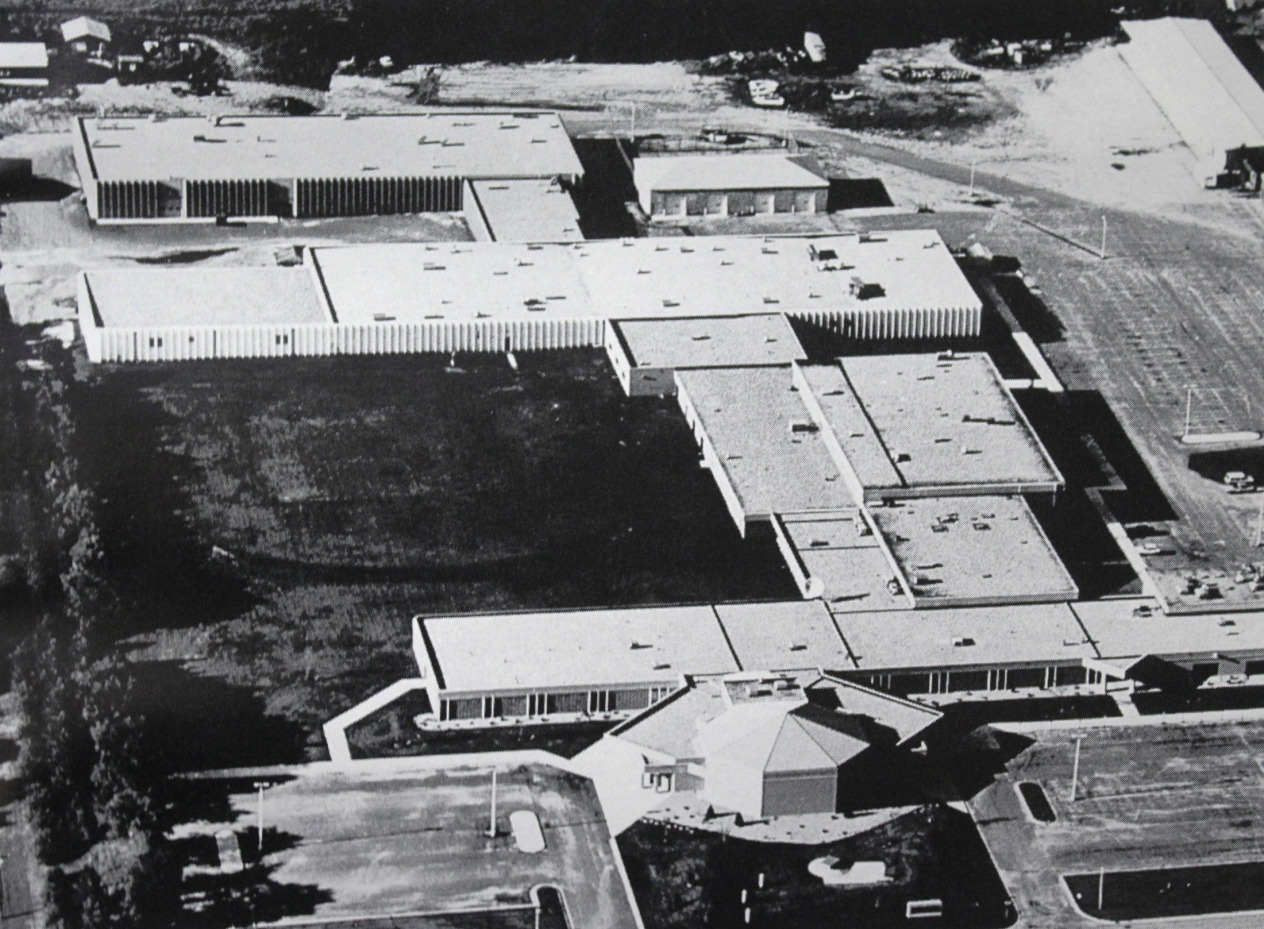Title
RADT1112 - Introduction to Radiologic Technology and Patient Care
API ID
Credits
4 (3/1/0)
Description
This course is designed to provide concepts of radiologic sciences and patient care. Included in the course are discussions of professionalism, effective communication, patient physical needs assessment, patient consent procedures, x-ray production characteristics, basic radiation protection procedures, health information confidentiality, medical terminology, principles of pharmacology and contrast media, quality management, ethical behaviors and legal issues in health care. The student will also demonstrate competence in routine and emergency patient care, patient transfer and safety procedures, infection control, aseptic and sterile environment procedures, and radiographic equipment manipulation.
Prerequisites
Competencies
- Identify what professionalism is for the health care practitioner.
- Explain the importance of professional behaviors of the radiologic technologist.
- Select the appropriate method of communication (e.g. verbal, non-verbal, etc.) for various individuals in the health care environment.
- Discuss recognition of the physical needs of patients and their caregivers.
- Explain patient consent procedures.
- Discuss the properties of electromagnetic radiation.
- Explain how x-rays are produced.
- Explain procedures used for radiation protection.
- Identify confidentiality procedures set forth by the Health Insurance Portability and Accountability Act (HIPAA).
- Discuss the word-building process of medical terminology.
- Identify medical abbreviations and symbols.
- Explain the basic concepts of pharmacology and common drugs used in health care and radiology.
- Identify routes of drug and contrast media administration.
- Explain pharmacology and contrast media safety concerns and procedures.
- Discuss quality management procedures in health care.
- Explain ethical behavior and its role in health care delivery.
- Discuss ethical and legal issues in health care.
- Demonstrate routine patient care techniques.
- Recognize medical emergencies and traumatic injuries.
- Demonstrate emergency patient care techniques.
- Demonstrate patient transfer techniques.
- Demonstrate infection control procedures.
- Demonstrate sterile, aseptic and non-aseptic procedures.
- Determine patient and environmental safety procedures.
- Manipulate equipment for radiographic procedures.
Degrees that use this course
Degrees that use this course
Degree:
Associate of Applied Science (AAS)
Location:
Detroit Lakes Campus
Credits:
79
